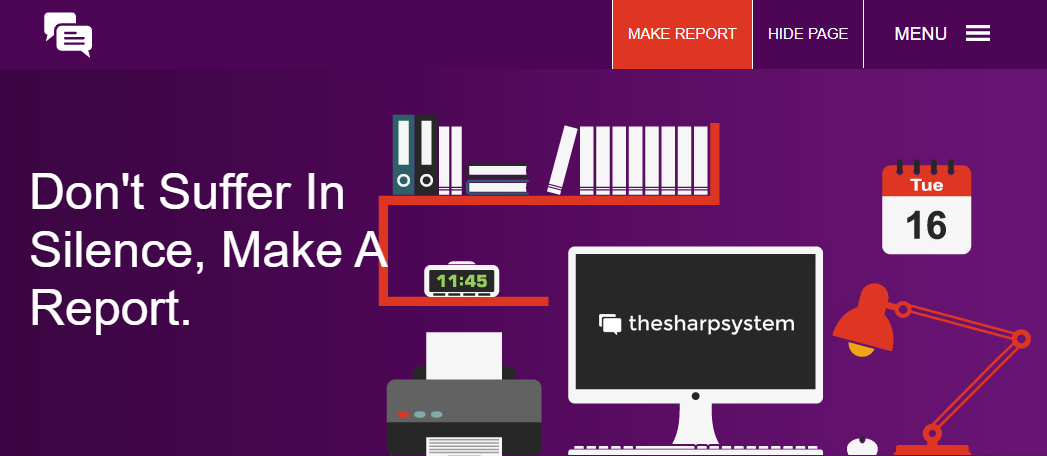Safeguarding

Ellesmere Park High School is committed to safeguarding and promoting the welfare and safety of all students and expects all staff and volunteers to share this commitment.
We strive to ensure that consistent and effective safeguarding procedures are in place to support families, students and staff at school.
The Designated Safeguarding Lead (DSL) is Mr M Bird. Working alongside Mr Bird is our Head of Safeguarding and Wellbeing, Mrs S Calderwood who is our Operational-Designated Safeguarding Lead.
Ellesmere Park High School has policies and procedures in place to deal effectively with child protection and safeguarding issues, which include tackling radicalisation and extremism, together with recording and monitoring processes.
To promote a safe environment for students, Ellesmere Park High School employs a strict selection and recruitment policy which includes all statutory checks on staff and regular volunteers including Enhanced DBS (disclosure and barring service) checks.
All staff are trained to a level appropriate to their safeguarding responsibilities and the training is monitored and comprehensive records kept by the DSL.
Student attendance is monitored closely and concerns shared as appropriate with parents/carers, the Local Authority and the school’s Safeguarding team. Ellesmere Park High School works effectively with other agencies and parents/carers when necessary to safeguard young people.
Our Child Protection Officers are:
Designated Safeguarding Lead: Mr M Bird - 0161 507 6420
Head of Safeguarding & Wellbeing / Operational DSL: Mrs S Calderwood
Further safeguarding concerns can be emailed to, safeguarding.ellesmere@consilium-at.com
Safeguarding and Child Protection
People sometimes wonder what the difference is between the terms safeguarding and child protection.
In practice, Safeguarding is the policies and practices that schools and Governing Bodies employ to keep children safe and promote their well-being. This means everything from security of the buildings, to the safe recruitment of staff and everything in between.
Child Protection is a term used to describe the activity that is undertaken to protect specific children who are suffering or likely to suffer significant harm.
The Bridge Partnership for child protection referrals – tel: 0161 603 4500 or online at https://childrensportalehm.salford.gov.uk/web/portal/pages/cpref#ssa
Our safeguarding policy should be considered alongside school child protection procedures and other related policies and statutory guidance.
Working Together to Safeguard Children
The Working Together to Safeguard Children 2023 statutory guidance has been updated with an illustrated guide, an animated video and details of a toolkit for children, young people and their families, and practitioners working with them.
The illustrated "Children and Young Person’s Guide to Working Together to Safeguard Children" explains how adults (such as teachers, social workers, doctors, and police) work together to keep children safe from harm. It describes what safeguarding means, who is responsible, and what happens if someone is worried about a child.
The guide highlights the importance of listening to children, making sure they are involved in decisions, and ensuring their views are taken seriously. It also explains what children can expect from professionals, including being treated with respect, being kept informed, and having their rights protected.
It covers:
- What safeguarding is and why it matters.
- How children should be listened to, respected, and involved in decisions affecting them.
- What happens when children or families need extra help (early help, safeguarding, and child protection).
- How schools, sports clubs, and community groups all play a role in noticing problems and offering support.
- Real-life examples (like Alfie’s and Zara’s stories) show how early help, and safeguarding can make a big difference.
The guide also explains children's rights, how information about them is shared, and what to expect during safeguarding processes like child protection conferences.
Why should schools share the illustrated guide with children and parents?
- Raises Awareness: It helps children understand what safeguarding means and that it’s normal and important for adults to work together to keep them safe.
- Empowers Children: Children learn they have rights — to be listened to, respected, protected, and involved in decisions about their care.
- Encourages Trust: It builds trust between children and adults by showing that safeguarding is about care, not punishment.
- Promotes Early Help-Seeking: If children recognise that support is available early, they are more likely to speak up if they feel unsafe or worried.
- Explains Processes Clearly: It demystifies what happens when concerns are raised, making safeguarding feel less scary and confusing.
The illustrated Guide is attached to this message.
View the animated guide to Working Together to Safeguard Children for children and young people here
Full details are here Working together to safeguard children - GOV.UK including how to access the toolkit.
Operation Encompass
Our school is part of Operation Encompass. This is a police and education early intervention safeguarding partnership that supports children and young people who experience Domestic Abuse.
Operation Encompass means that the police will share information about Domestic Abuse incidents with our school PRIOR to the start of the next school day when they have been called to a domestic incident, this is so that appropriate support can be put in place for the child.
Please click here for a copy of the letter issued to parents.
